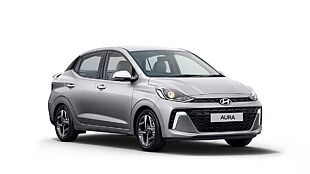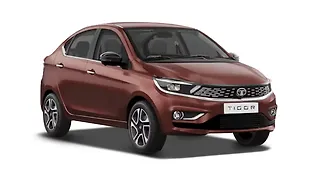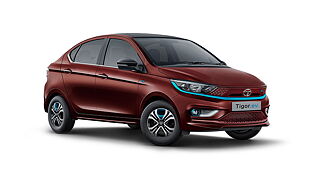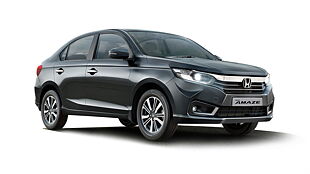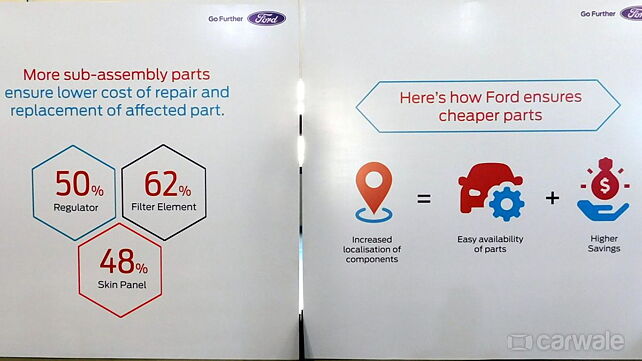
Ford had opened a new facility, the Ford Training Centre in Manesar near Delhi to train and groom their dealership based workforce. This was their first independent training centre and trains technicians on how to minimise the cost of repairs using safe techniques and offering reliable but cost-competitive solutions.

Ford has been able to achieve lower maintenance costs through strategic planning and incorporating the sub-assembly structure right from the concept stages of new product development. Also, sharing of parts across models and greater amount of localisation along with backward integration in terms of ancillary development has led to lower spare costs.

Ford has been working with the sub-assembly/child-part strategy right from the Ford Ecosport. Back then, only 200-odd parts were built in sub-assemblies and over the years the number has grown to about 850. What this helps is, in case a part fails, you could replace only a small child-part instead of changing the entire assembly. The costs involved, hence, are much lower.

Also, with many car owners lacking technical knowledge, the onus is on the service advisors and technicians to offer these new cost competitive solutions and Ford India is strategically working towards training their forces for the same. Along with the internal campaign, Ford has also started a new marketing campaign which looks at changing the age-old perception of Ford cars being expensive to maintain. Also, Ford service centres will now repair parts instead of the blanket replacement policy as long as it does not affect safety.

To make sure the campaign stays true, Ford has started providing scheduled service estimates on their website and ensures that the dealer will not charge you more, i.e., as long as there are no breakdowns or external damages. Ford claims the service costs of the Figo hatch and the Aspire compact sedan are under 40 paisa per kilometre over 1,00,000 km. The EcoSport diesel will cost you about 46 paisa while the mighty Endeavour will cost you less than 80 paisa.
From the looks of it, maintaining a Ford car might turn out to be cheaper than the Japanese and Korean competitors and underlies the American car maker’s target of increasing their market share, especially amongst the small cars.


![Ford Aspire [2015-2018] Image Ford Aspire [2015-2018] Image](https://imgd.aeplcdn.com/272x153/cw/ec/19421/Ford-Aspire-Right-Front-Three-Quarter-74345.jpg?wm=0&q=80)
![Ford Endeavour [2016-2019] Image Ford Endeavour [2016-2019] Image](https://imgd.aeplcdn.com/272x153/cw/ec/37640/Ford-Endeavour-Right-Front-Three-Quarter-149442.jpg?wm=0&q=80)
![Ford EcoSport [2015-2017] Image Ford EcoSport [2015-2017] Image](https://imgd.aeplcdn.com/272x153/cw/ec/20482/Ford-EcoSport-Right-Front-Three-Quarter-77975.jpg?wm=0&q=80)
![Ford Figo [2015-2019] Image Ford Figo [2015-2019] Image](https://imgd.aeplcdn.com/272x153/cw/ec/20230/Ford-Figo-Exterior-119015.jpg?wm=0&q=80)













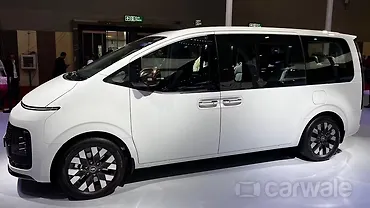

![Ford Aspire [2015-2018] Right Front Three Quarter Ford Aspire [2015-2018] Right Front Three Quarter](https://imgd.aeplcdn.com/199x112/cw/ec/19421/Ford-Aspire-Right-Front-Three-Quarter-74345.jpg?v=201711021421&q=80)
![Ford Aspire [2015-2018] Right Front Three Quarter Ford Aspire [2015-2018] Right Front Three Quarter](https://imgd.aeplcdn.com/199x112/cw/ec/19421/Ford-Aspire-Right-Front-Three-Quarter-76260.jpg?v=201711021421&q=80)
![Ford Aspire [2015-2018] Right Rear Three Quarter Ford Aspire [2015-2018] Right Rear Three Quarter](https://imgd.aeplcdn.com/199x112/cw/ec/19421/Ford-Aspire-Right-Rear-Three-Quarter-76273.jpg?v=201711021421&q=80)
![Ford Aspire [2015-2018] Boot Space Ford Aspire [2015-2018] Boot Space](https://imgd.aeplcdn.com/199x112/cw/ec/19421/Ford-Aspire-Boot-Space-76272.jpg?v=201711021421&q=80)
![Ford Aspire [2015-2018] Interior Ford Aspire [2015-2018] Interior](https://imgd.aeplcdn.com/468x263/ec/3b/17/19421/img/ol/Ford-Figo-Aspire-Interior-54271.jpg?v=201711021421&q=80)




